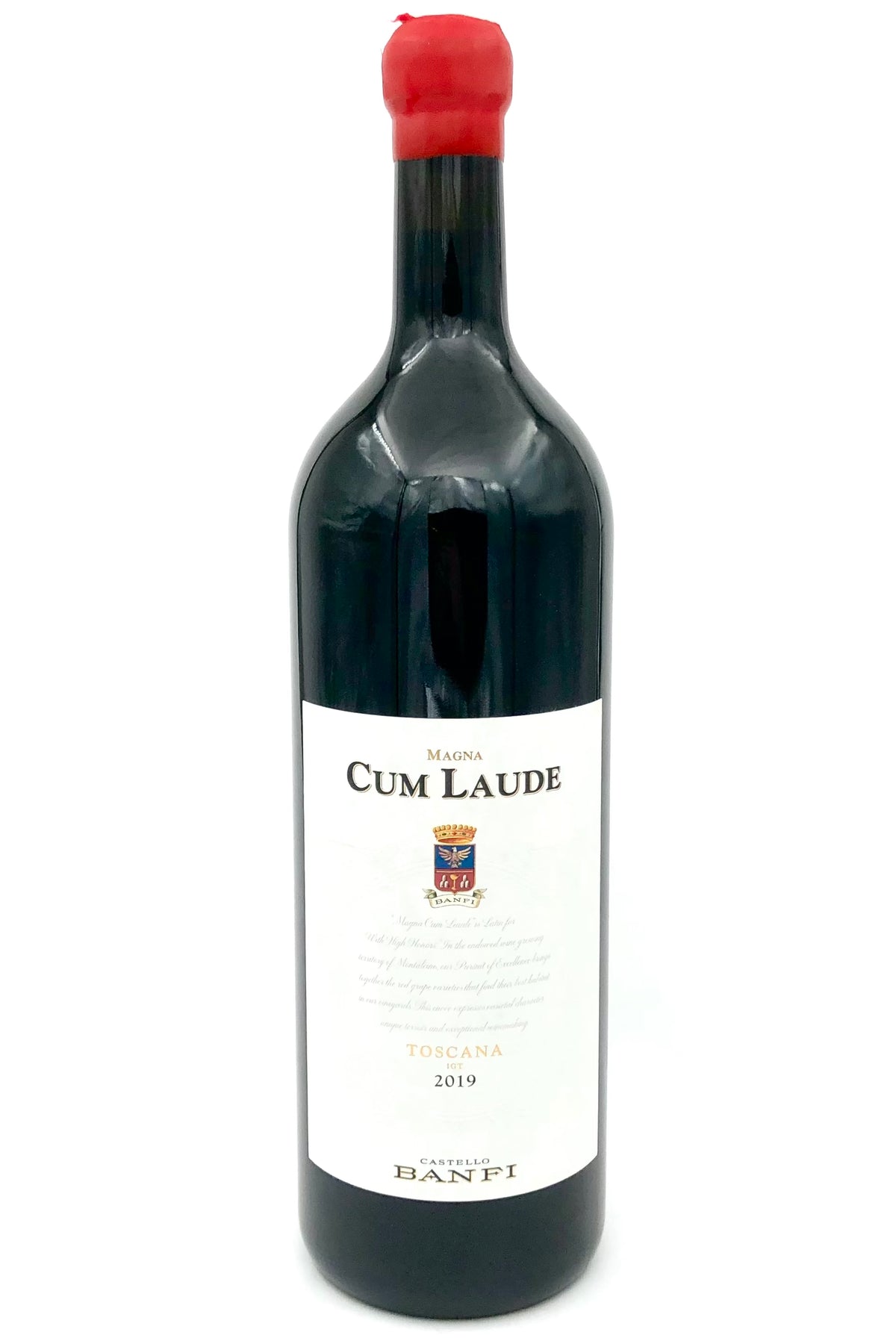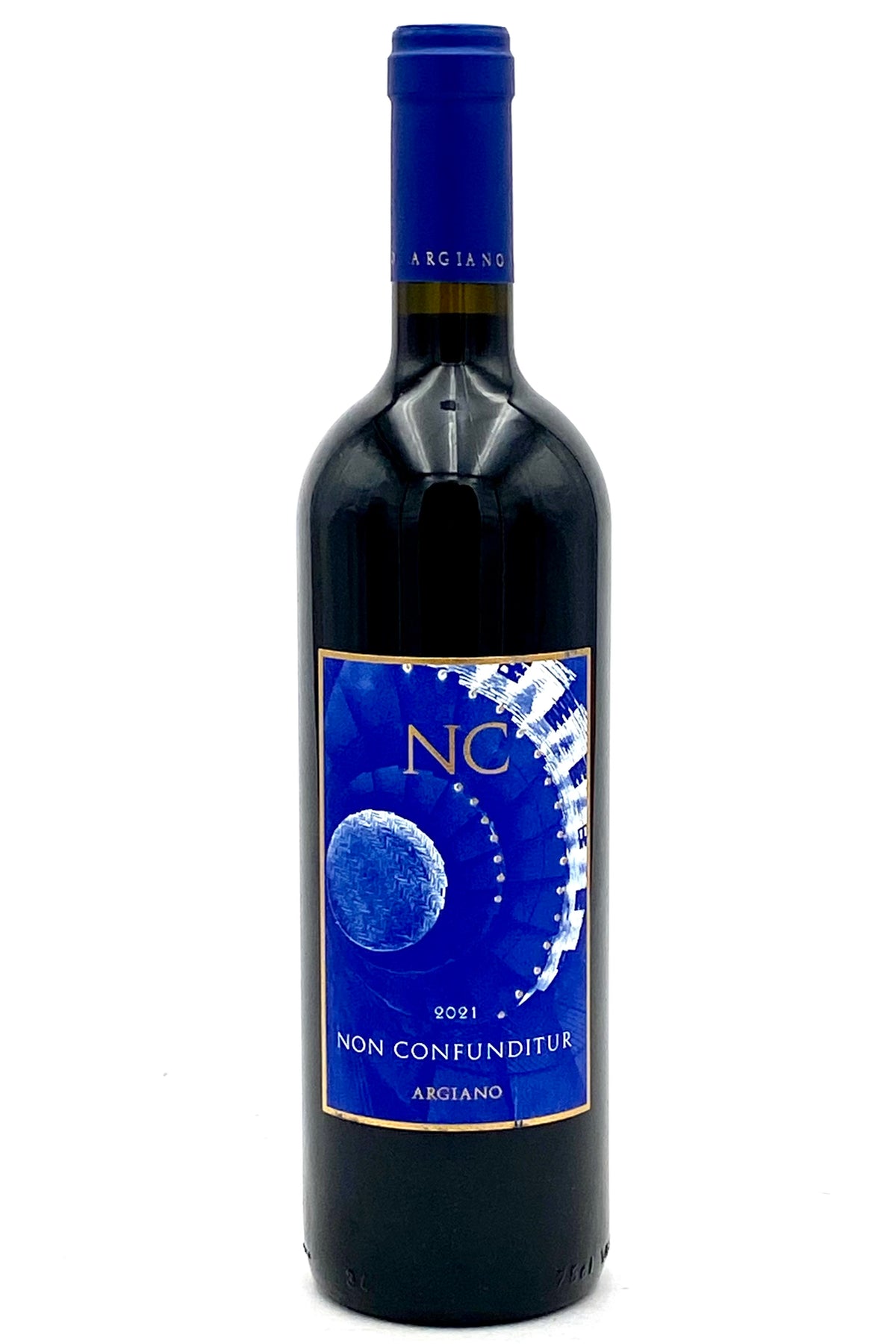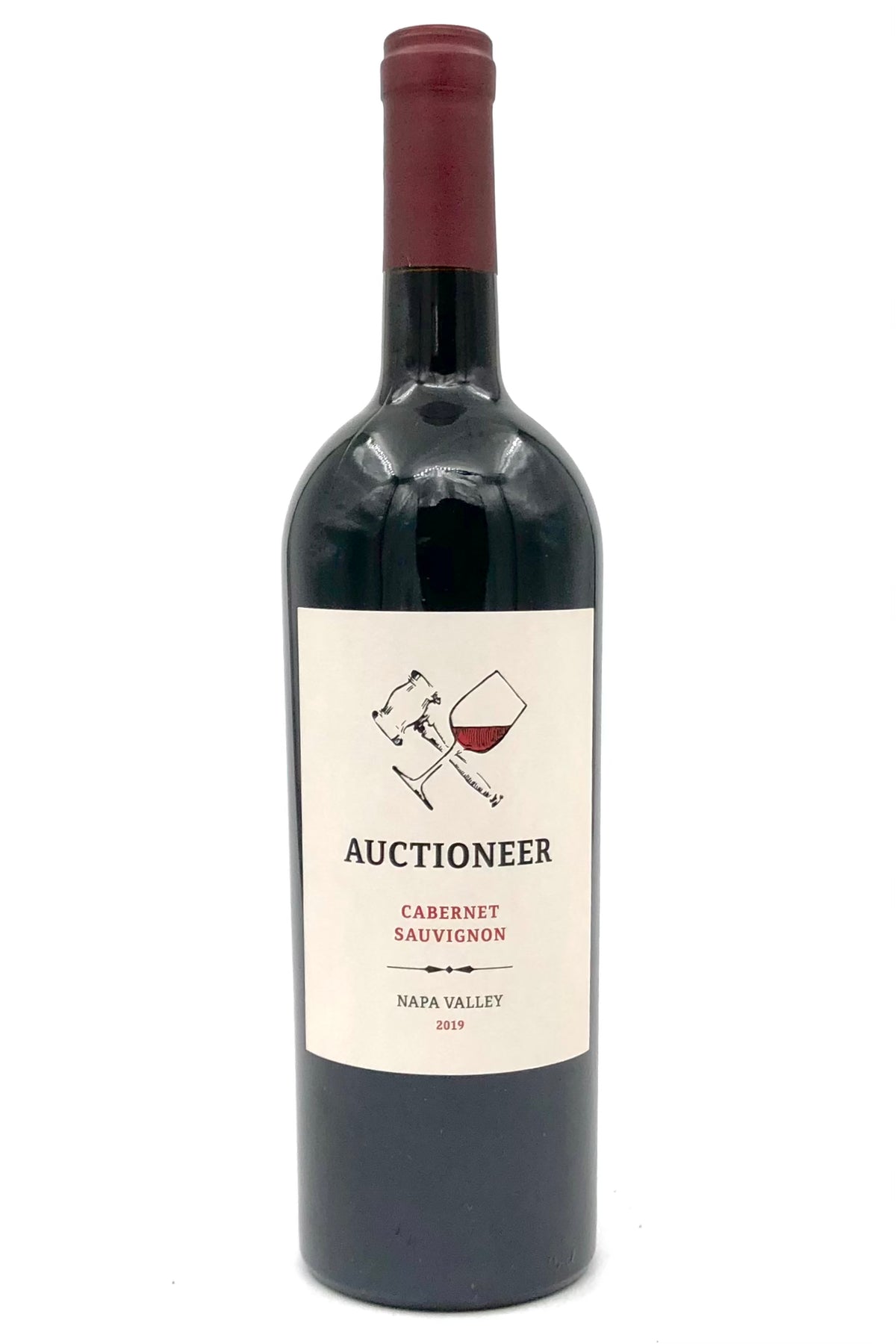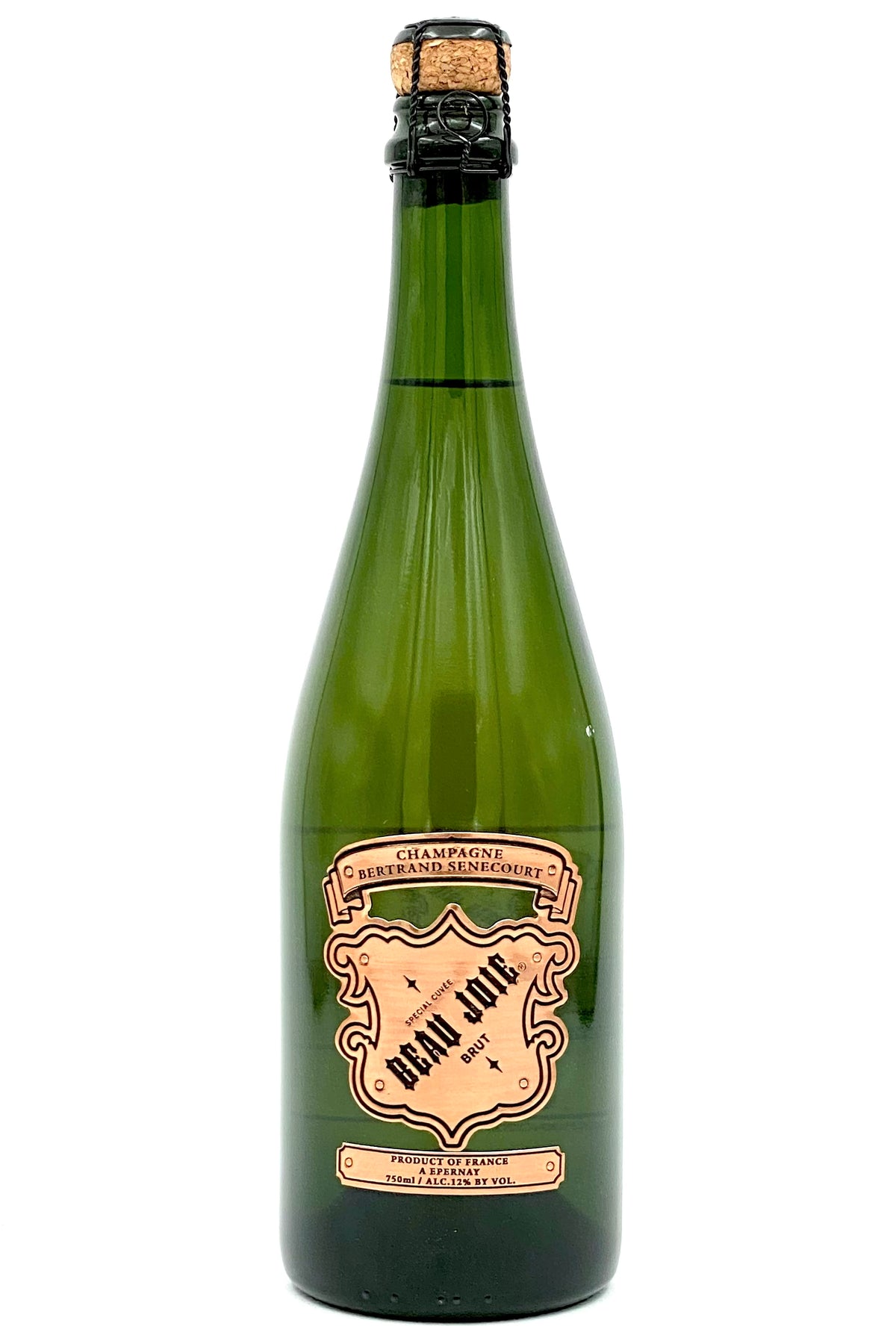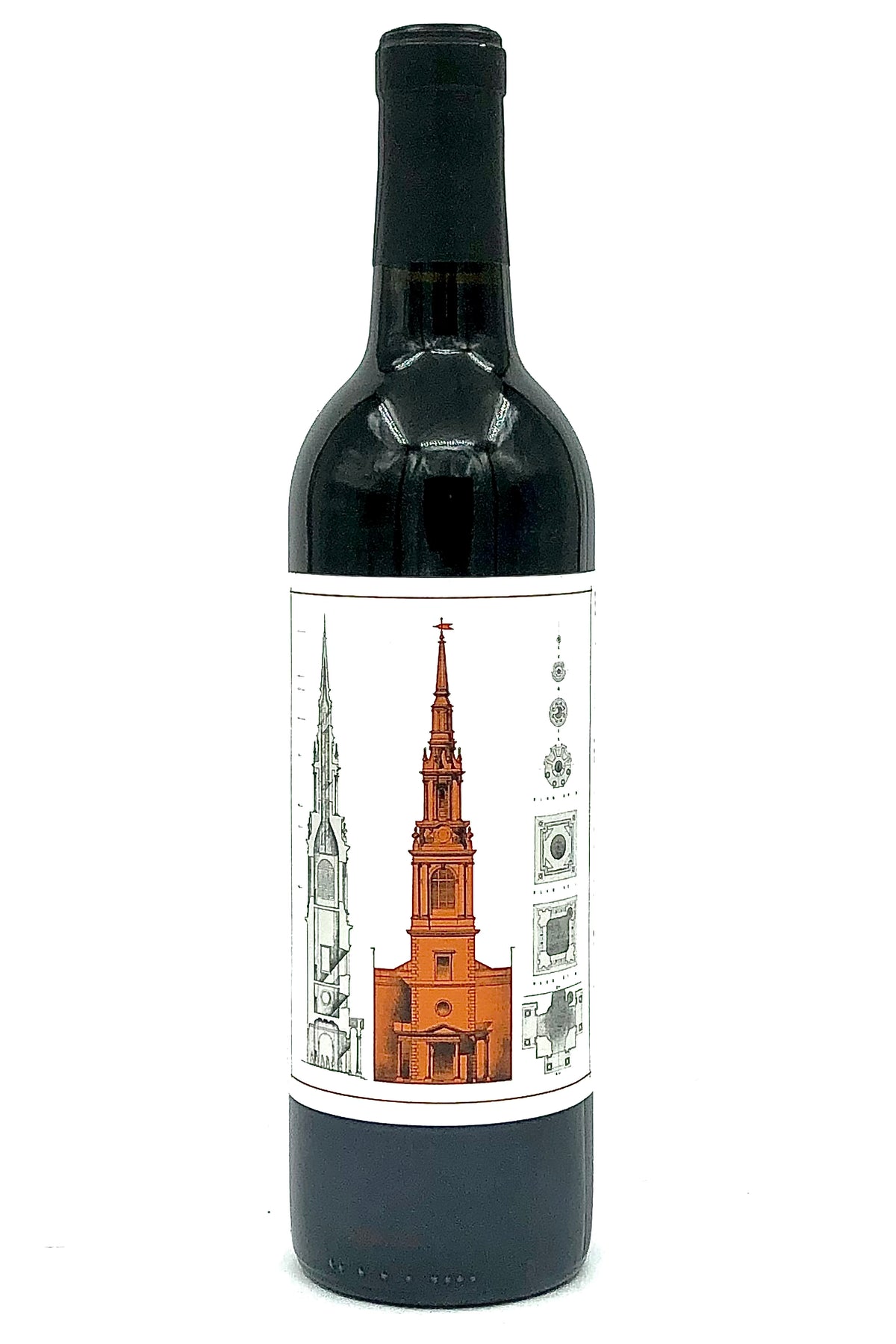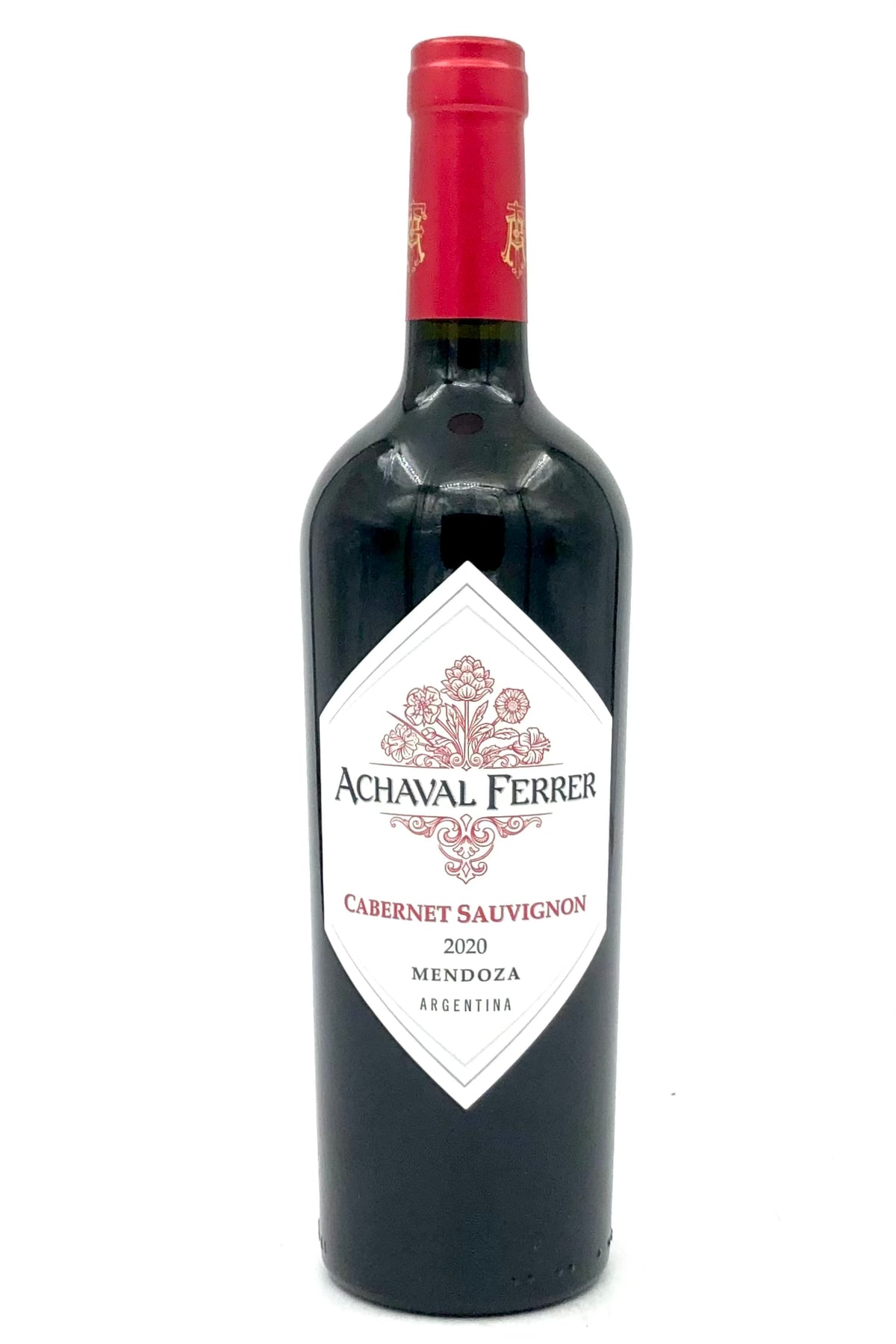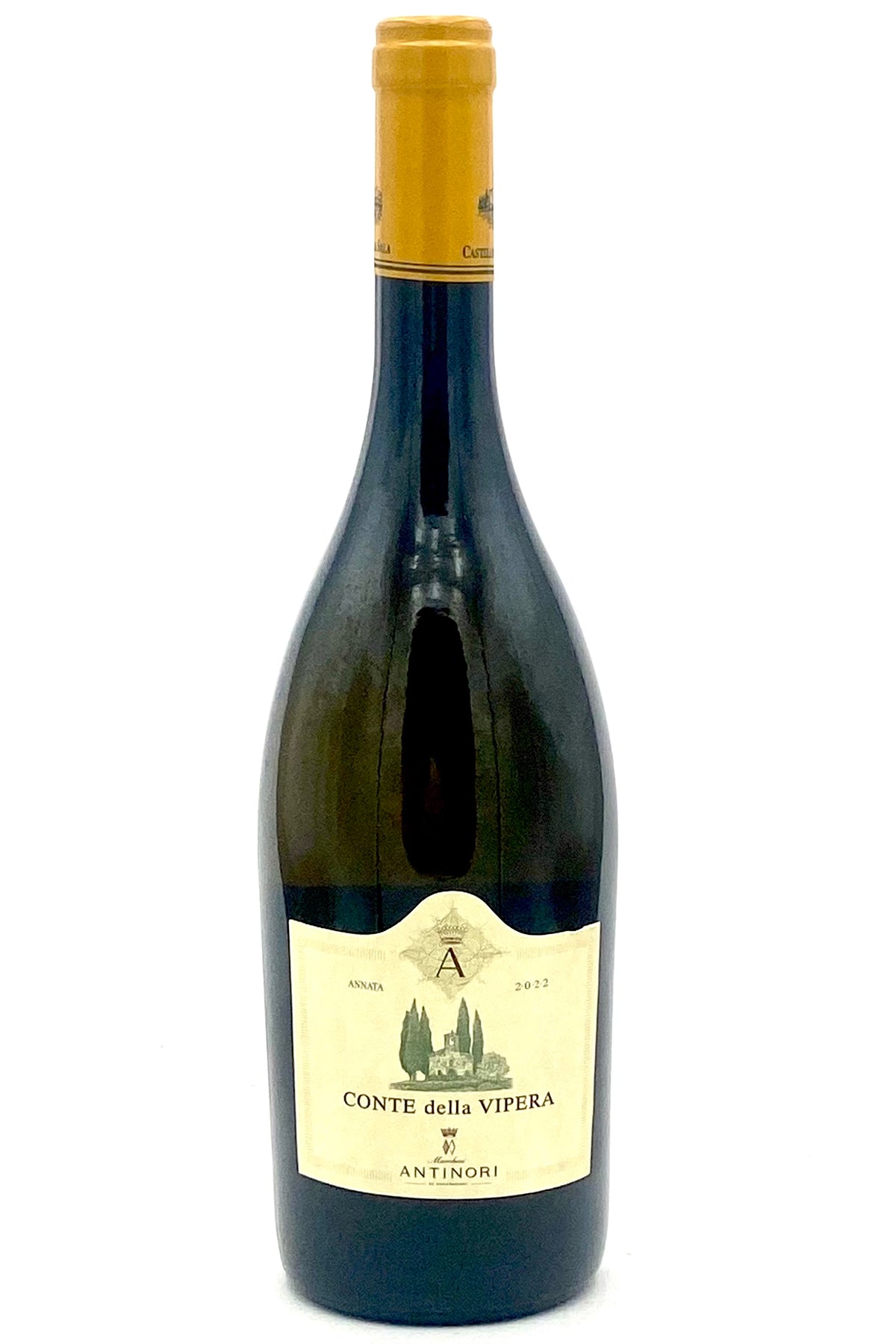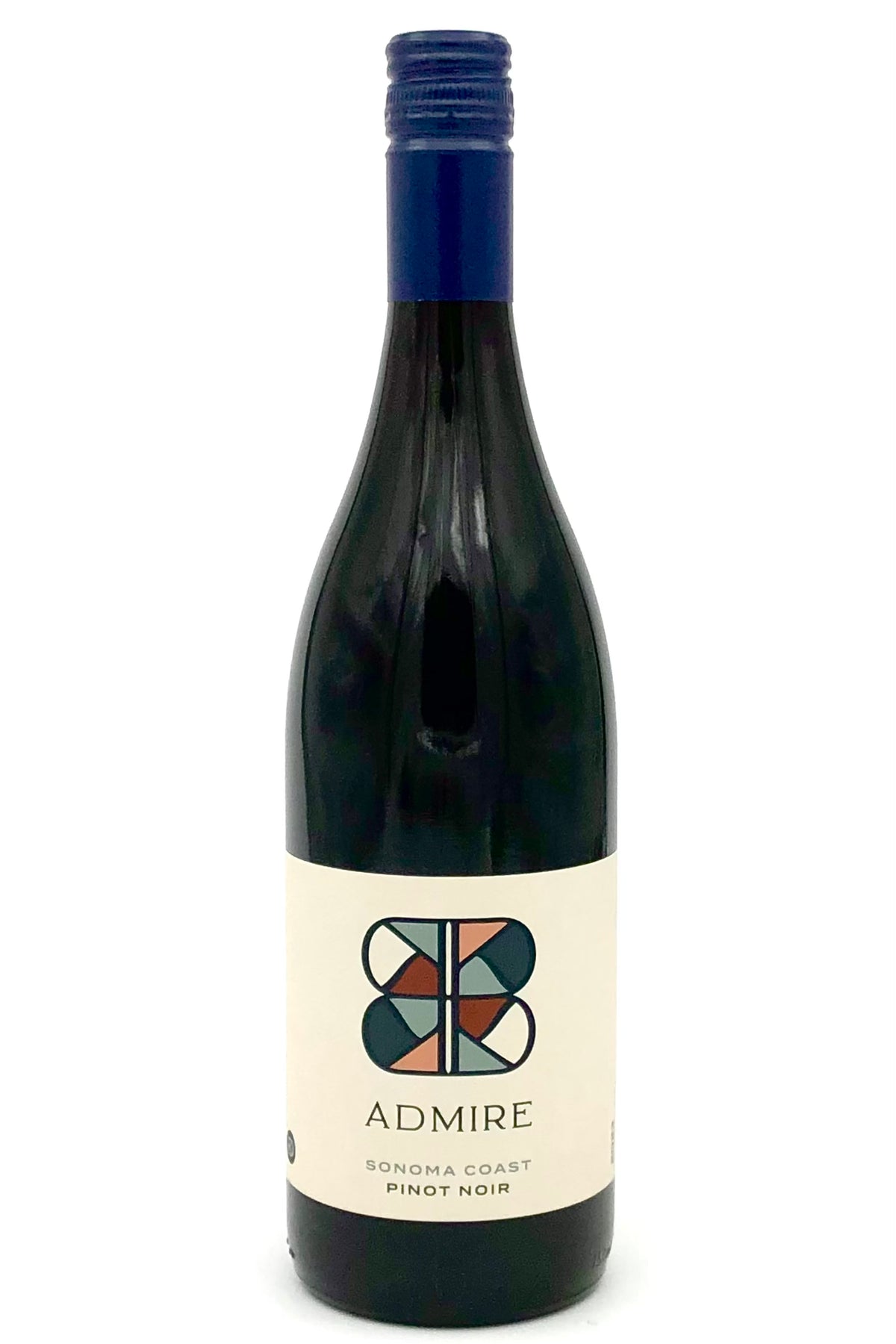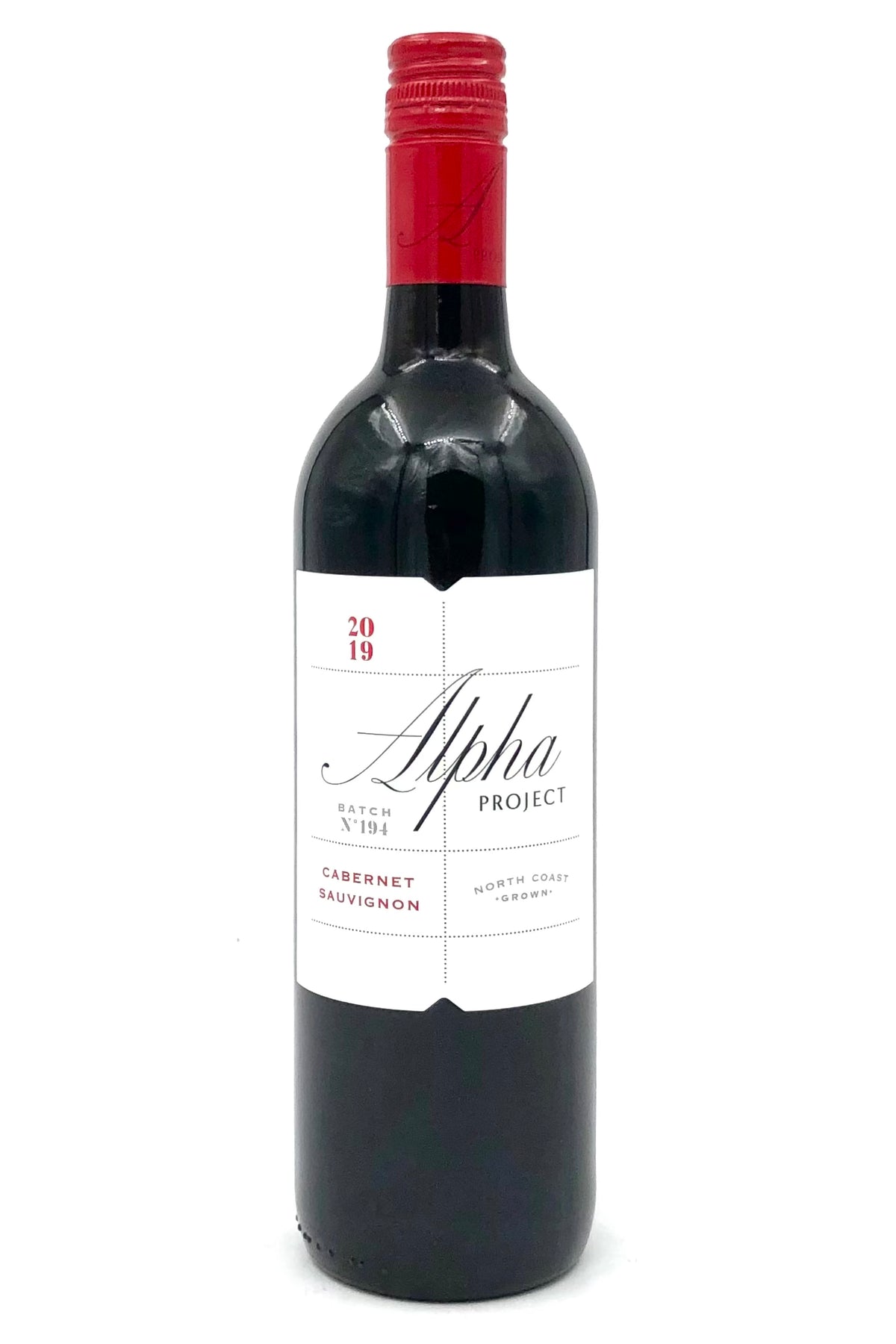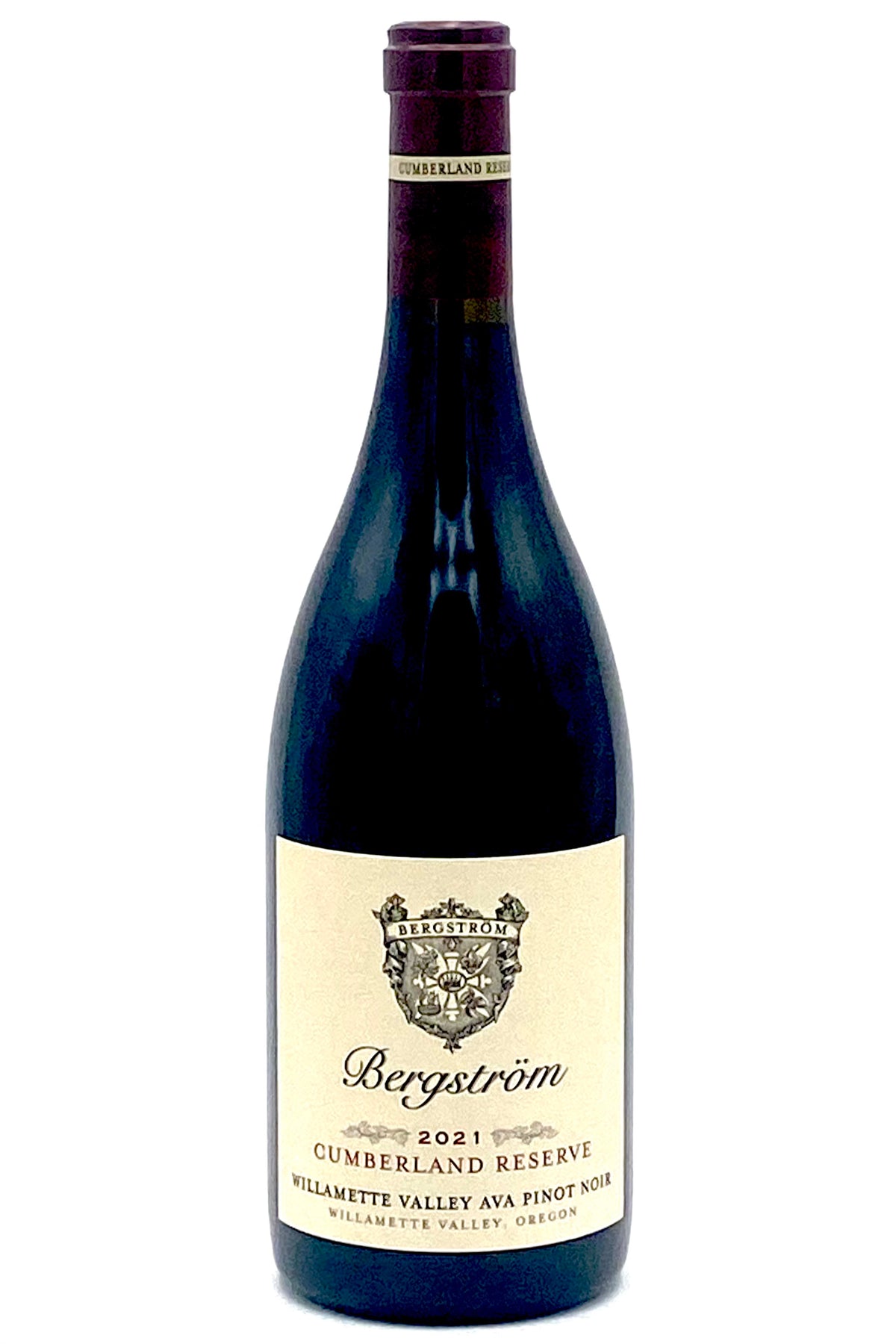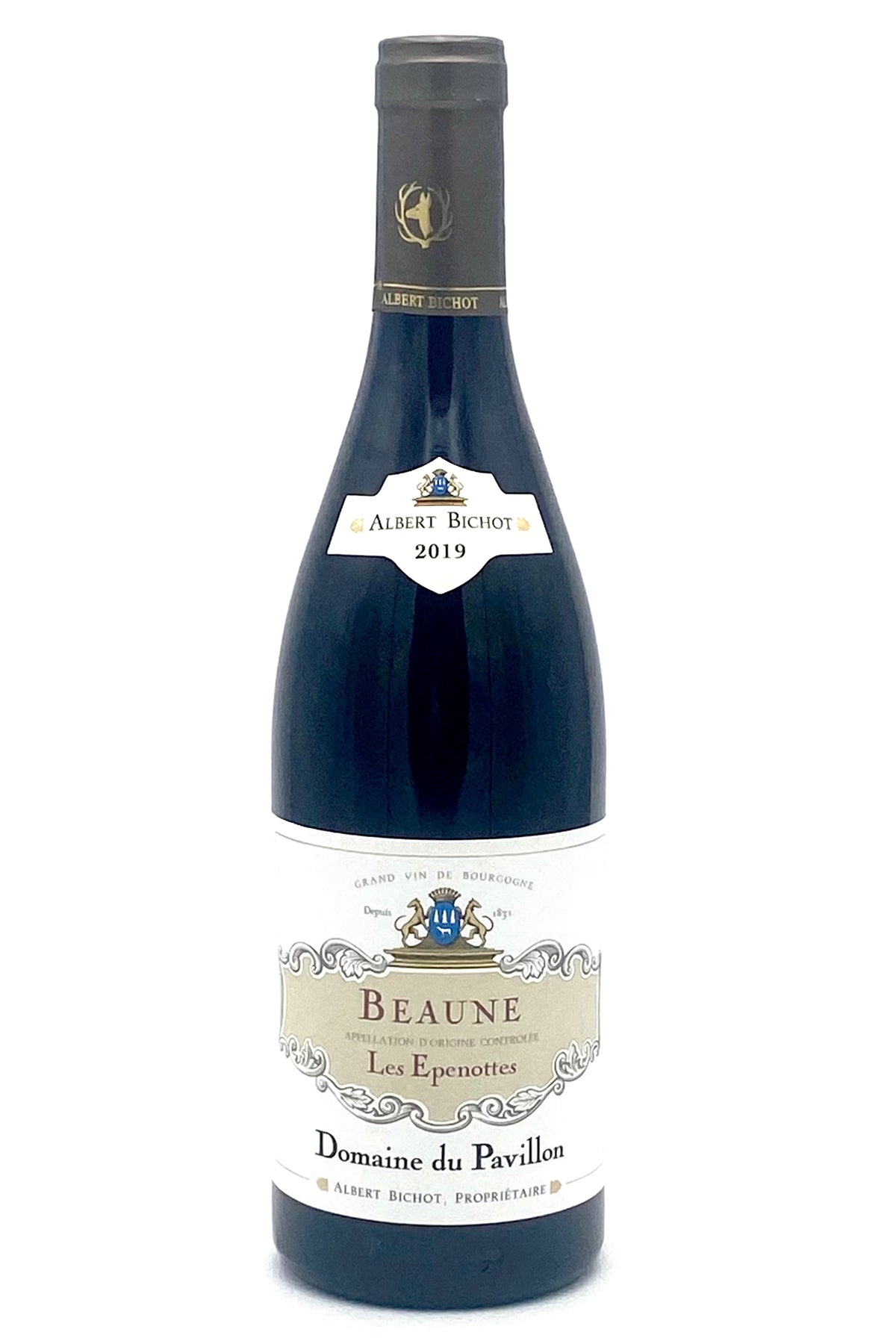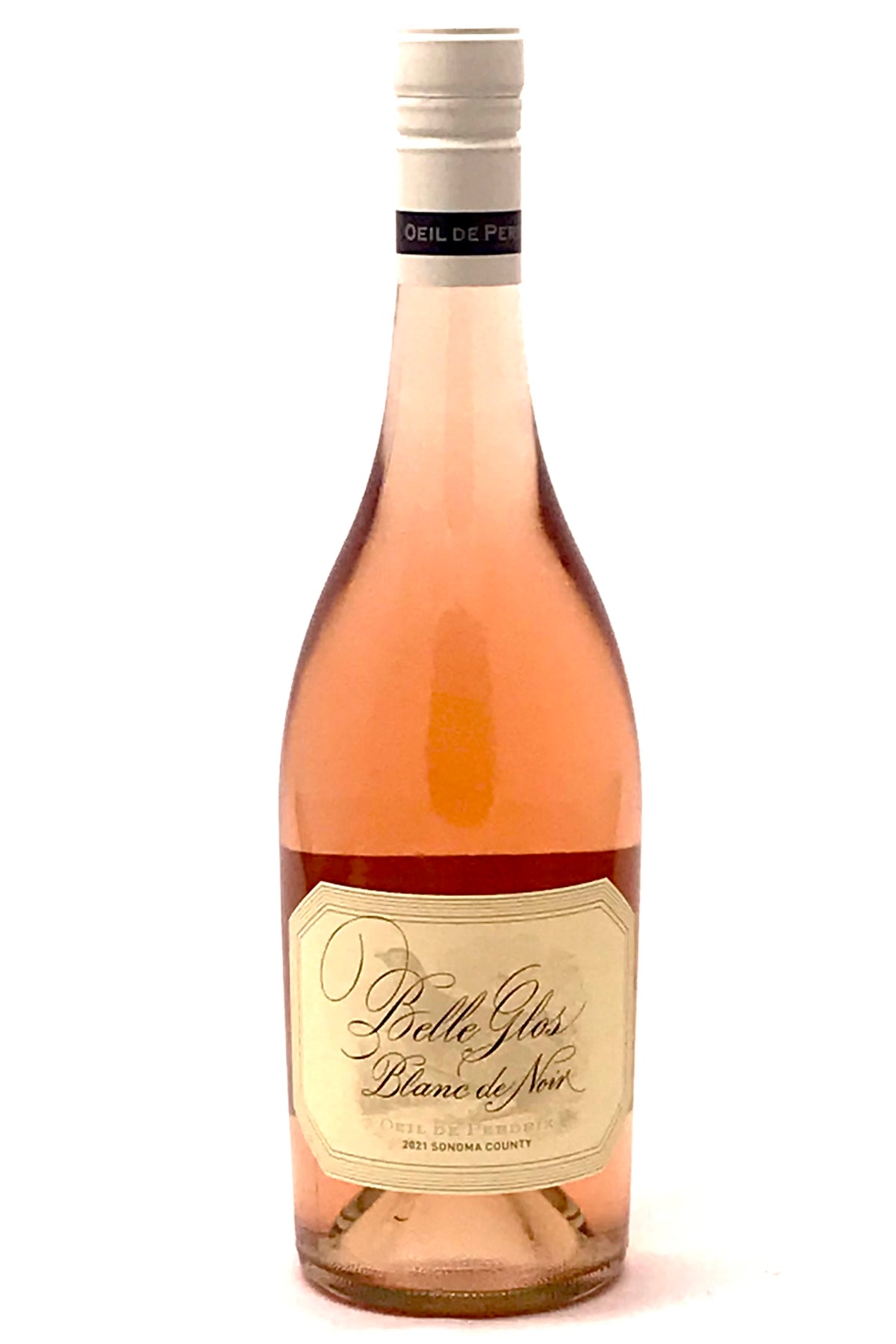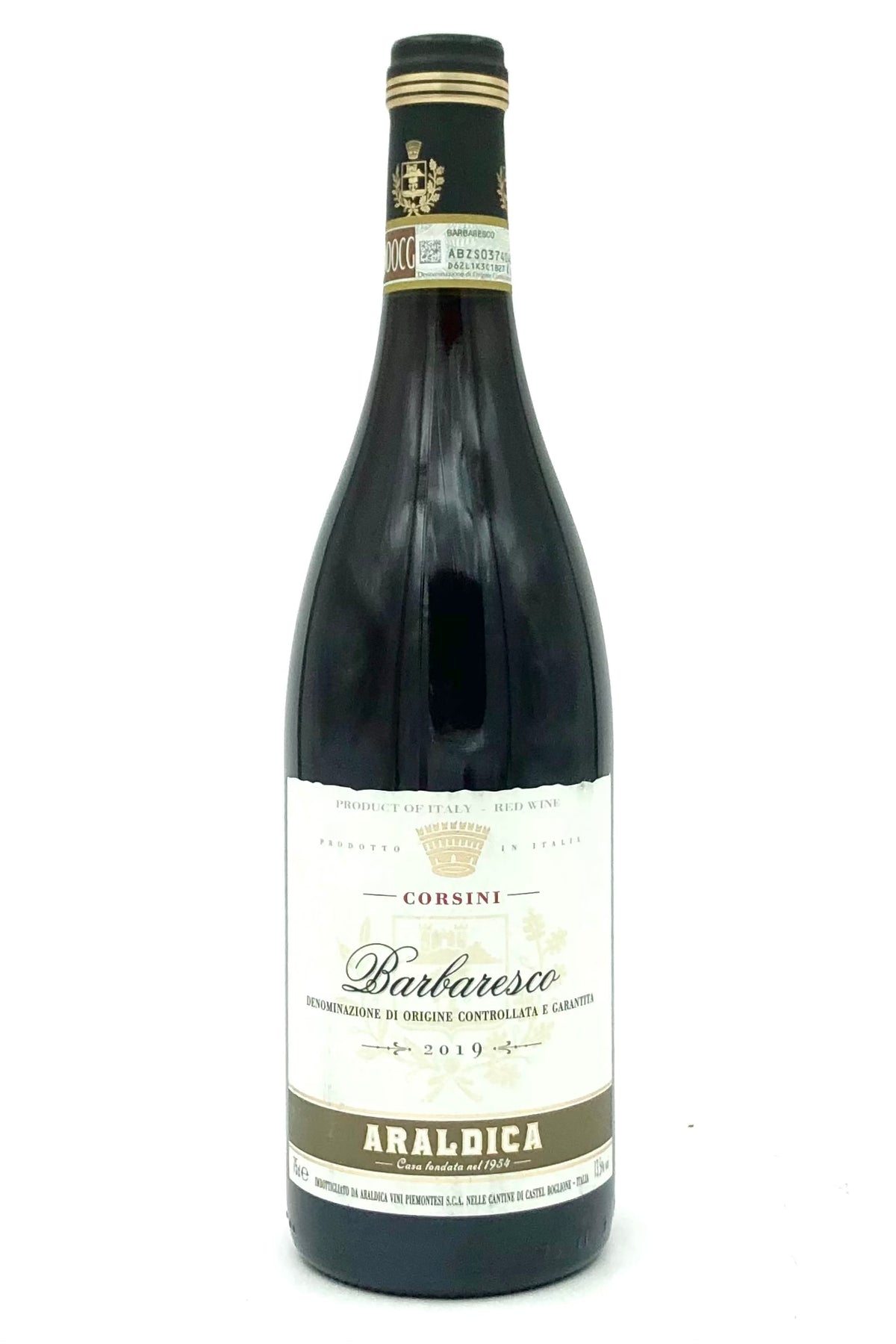Tassin Brut Champagne Southern
$ 40,00 $ 24,00
750 ml
“Vrai ou faux, true or false, the real heartland of the Champagne region is the Aube? The answer is true! The communes surrounding the historic city of Troyes in the Aube grew Pinot Noir and Chardonnay for Champagne as long as any of the more famous towns further north in the Marne. The story that lead to the “ascendency” of the Marne is one of politics and intrigue, as you can well imagine. All we need to know is that the Aube is the real deal: think Aube, Chablis and Côte d’Or for Pinot Noir and Chardonnay without parallel, and you will understand why savvy consumers and sommeliers alike beat a path to this “rediscovered” corner of Champagne.
Now direct your eyes to the label on the next page which say, “Successeurs depuis 1793.” Simply put, that means the Tassins have passed their vineyards and Champagne-making skills from father to son for almost 230 years. The Constitution of the United States was ratified only five years earlier!!! Not only that, the French Revolution was raging when the Tassins took up viticulture in the tiny hamlet of Loches-sur Ource. Momentous times indeed.
Since 1929, Tassin has been recoltant-manipulant (grower Champagne), so Thibault and Anne-Fleur, who now run all aspects of the domaine, grew up learning Champagne from the roots in the ground to the bubbles in the glass. Thibault, a graduate of enology school in Champagne, as well as Burgundy, has a well-rounded perception of modern-day winemaking, but is not tempted by relationships with oak or multiple-parcel bottlings. Rather his focus is the vineyard, aiming to harvest fruit of the highest quality. His cellar philosophy is simple: no oak, all Aube. One last word on Thibault’s attitude towards traditional vs. modern wine making: he prefers to use technology to understand his wines, rather than manipulate them. He deploys technology to make micro-scale, artisanal and authentic Champagnes, wines that his ancestors would recognize as true to the Aube and the Tassin name, but with much less of the perils of weather and biology that dominated the hit-and-miss quality of 100 and even 50 years ago. We say, Thibault has the right idea. Come and find out how right his Champagnes are.
Champagne Brut NV
Just as in Burgundy, marl soils are ideal for Pinot Noir and chalky soils are ideal for Chardonnay. Tassin’s base wines are fermented in stainless steel from beginning to end, then followed by natural malolactic fermentation. Thibault allows the base wines to settle twice in vat in his deep, cold and hand-cut stone cellar for a pristine and natural clarification of the wine. After the secondary fermentation, the wines are aged and gently riddled. Thibault’s Brut is always a three-vintage cuveé with one vintage serving as the foundation, and the other two accenting it. Thirty months of aging on the lees gives it true depth. The blend is 80% Pinot Noir and 20% Chardonnay and all Aube sourced from Tassin’s prime vineyards in the communes of Celles-sur-Ource and Landreville. The Pinot Noir is center stage with a host of juicy red-fruit flavors and pale floral tones, while the Chardonnay does all the things it should do: gentle lift, delicate clean lines, and tidy finish.
We thought our clients could get a deeper insight into what makes Tassin “tick” by hearing from Anne-Fleur and Thibault themselves, so we asked them to give us their thoughts about their Brut and Blanc de Blanc Cuvées:
“Growing up in a Champagne family, we have tasted many, many wines both from the Aube and the Marne, and one thing shines through all the best of them: the art and skill of blending. It is taken for granted that the blender must begin with fruit from excellent vineyards, but vintage, variety and style frame their ultimate expression. Thibault blends the Champagnes of Tassin and his “touch” really comes through in the glass. With our Brut Cuvée he used predominantly Pinot Noir from 2019, with contributions from 2018 and 2017 (an excellent vintage in the Côte des Bar, small, but no botrytis like the Marne), along with a refreshing percentage of Chardonnay to temper the power of the Pinot Noir. Tasting his blend for our Brut Cuvée, we consider it to be a most authentic wine, expressing our desired balance of generous fruit and delicate finesse. We are very proud to offer Thibault’s Brut as the essential Cuvée of our estate.””
Fast Delivery and Professional Packaging
Due to our longstanding partnership with UPS FedEx DHL, and other leading global carriers, we are able provide various shipping options. Our warehouse staff are educated to pack your items precisely according to the specifications that we supply. Before they are shipped the goods are thoroughly inspected and secured. Every day, we deliver to thousands of clients in different countries. Our determination to be the largest online retailer in the world is shown by this. The warehouses and centers for distribution are in Europe, as well as the USA.
It is important to note that orders with more than one item are given a processing time according to the particular item.
Before shipping, we will inspect the ordered items carefully before shipping. The majority of orders are shipped within 48 hours. Delivery time ranges between 3-7 days.
Returns
Due to the multiple parties involved such as the factory and the warehouse, we are unable to effectively manage inventory. Stocks can be changed at any time. Please understand it may happen that your order will be out of stock once your order has been made.
Our policy lasts for thirty days. If 30 days have passed without a trace since the purchase and we are unable to offer an exchange or refund.
For your item to be considered eligible for return it must be in its original packaging, unopened and in the same state as you received it in. The item should be in its original packaging.




